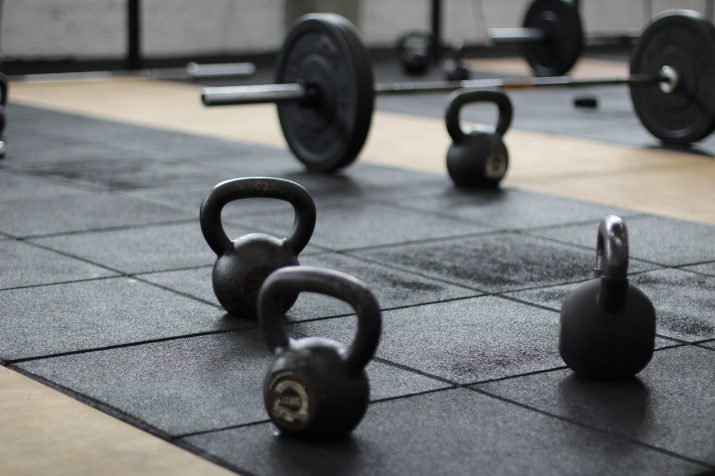One of the most common questions asked by novice gym-goers is, “Should I do cardio before or after lifting weights?”

Cardio: Before or After Lifting Weights?
If your fitness goals are to lose body fat and build muscle, then you should definitely combine cardiovascular conditioning with strength training.
Depending on your current level of fitness, there are two basic forms of cardio to choose from Low-intensity steady state (LISS) and High-intensity interval training (HIIT).
Now, assuming that you’re new to exercise, it’s recommended that you build up a base of conditioning by doing LISS cardio, which should be performed after lifting weights.
Glycogen Depletion
Your workouts are fueled primarily by glycogen, which is a form of stored energy in your muscles and liver.
If you do cardio at the beginning of your workout, you’ll deplete your glycogen stores leaving less energy for strength training.
Studies have shown that this results in a significant drop in weightlifting performance with a reduction in power output, fewer repetitions completed and an increased risk of injury due to muscle fatigue.
Not exactly ideal conditions for building optimal muscle size and strength.
Hormonal Impact
Next, we have to take into account the impact on your hormones of performing cardio before strength training… and a 2013 study published in The Journal of Strength and Conditioning Research did just that.
The purpose of the study was to investigate the hormonal response of 42 untrained young men to a single session of combined cardio and strength training using 2 different loading orders.
The participants all performed the same total volume of work, but half of them did cardio first and strength training second, while the other half did the opposite with strength training first and cardio second.
The strength training session was conducted on a leg press and included sets of power, maximal strength, and hypertrophy loads with an overall duration of 30 minutes.
The cardio session was conducted on a stationary bike and performed by continuous cycling for 30 minutes at 65% of each subject’s individual maximal watts.
The researchers measured hormone levels before the workouts, in between each workout, immediately after the workouts, as well as 24 and 48 hours post-workout.
The results showed that performing cardio before strength training significantly depressed testosterone, growth hormone and thyroid-stimulating hormone for up to 48 hours post-workout while performing strength training before cardio did not.
Since these three hormones are crucial for building muscle during the post-workout recovery phase, this study clearly demonstrates that from a hormonal perspective performing cardio after strength training is the optimal way to go.
mTOR Inhibition
The final reason for doing cardio after strength training is due to inhibition of the mTOR pathway. mTOR stands for Mammalian Target of Rapamycin, and it’s a special protein that is the key to building muscle via activation of muscle protein synthesis.
Studies have shown that cardio exercise activates an enzyme in skeletal tissue called AMPK, which inhibits signaling of the mTOR pathway causing a disruption in your muscle’s adaptive response to strength training.
So, in order to prevent this negative chain reaction from occurring, you should perform strength training before cardio to minimize activation of the AMPK enzyme and maximize activation of the mTOR pathway, resulting in faster recovery and superior muscle growth.
I hope this information has convinced you of the muscle building benefits of performing strength training before cardio exercise.



